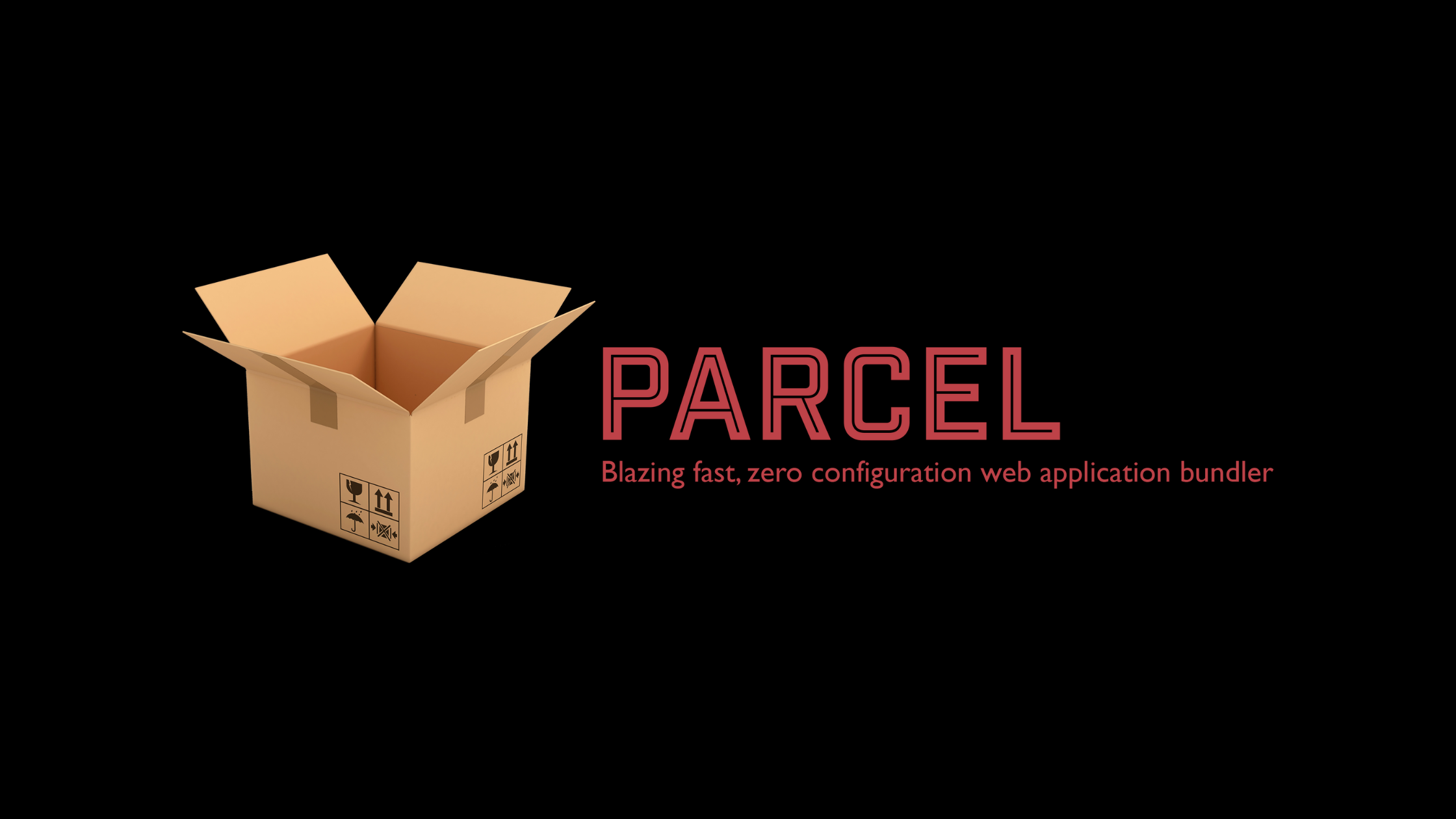
Parcel
Parcel
Parcel is a web application bundler that provides an intuitive and fast way to build web applications with zero configuration. It streamlines the development process by automatically managing dependencies and optimizing assets.
Key Features
1. Zero Configuration
- Parcel allows developers to get started without needing to set up complex configuration files. It automatically detects and configures the necessary settings based on your project structure and files.
2. Fast Build Times
- Utilizing multi-core processing and incremental builds, Parcel significantly reduces build times. It only rebuilds the parts of your application that have changed, making development faster.
3. Built-in Support for Various Assets
- Parcel supports a wide range of asset types out of the box, including:
- JavaScript
- CSS
- HTML
- Images (PNG, JPEG, GIF, SVG, etc.)
- Fonts (WOFF, TTF, etc.)
- Other assets like JSON, YAML, etc.
4. Hot Module Replacement (HMR)
- Parcel includes HMR, which allows developers to see real-time changes in the browser without needing to refresh. This feature significantly improves the development workflow by retaining the application state.
5. Tree Shaking
- Tree shaking is a feature that allows Parcel to identify and eliminate unused code from your final bundles, resulting in smaller and more efficient output files.
6. Code Splitting
- Parcel can automatically split your code into smaller bundles based on the entry points and dynamic imports, improving the load time of your application.
7. Support for Modern JavaScript Features
- Parcel comes with built-in support for modern JavaScript features such as ES modules, async/await, and more. It transpiles your code for compatibility with older browsers if needed.
8. Plugin System
- While Parcel requires minimal configuration, it also provides a powerful plugin system that allows developers to extend its capabilities. You can integrate various plugins for additional features and optimizations.
9. Production Optimizations
- When you build your application for production, Parcel automatically optimizes your assets, including minification, tree shaking, and caching strategies.
Getting Started with Parcel
To get started with Parcel in your project, follow these simple steps:
-
Install Parcel: You can install Parcel globally or as a development dependency in your project:
npm install --save-dev parcel -
Create an Entry File: Create an index.html file or another entry point for your application.
-
Run the Development Server:
npx parcel index.html -
Build for Production:
npx parcel build index.html
Conclusion
- Parcel is an excellent choice for developers looking for a straightforward and efficient way to bundle web applications. Its zero-configuration setup, combined with powerful features, makes it suitable for both small and large projects.
For more information, You can check The official Parcel documentation
This version provides a more comprehensive overview of Parcel, including detailed features and a quick guide on getting started. Let me know if you’d like to add or modify anything else!